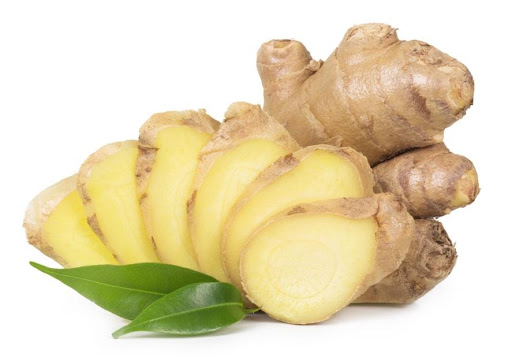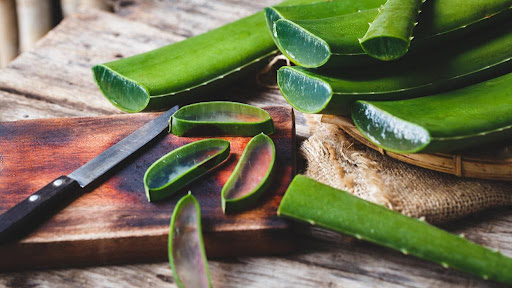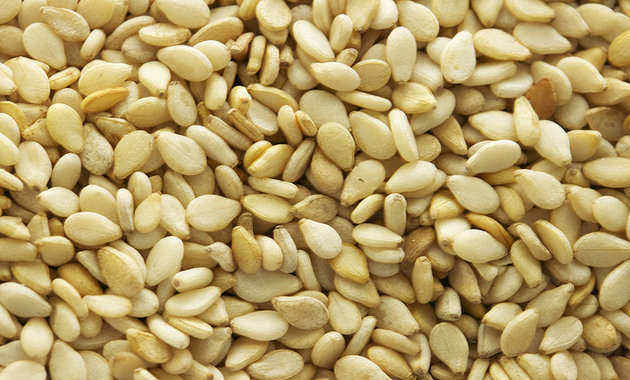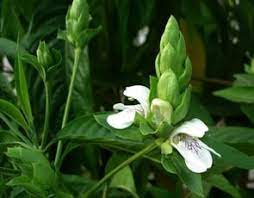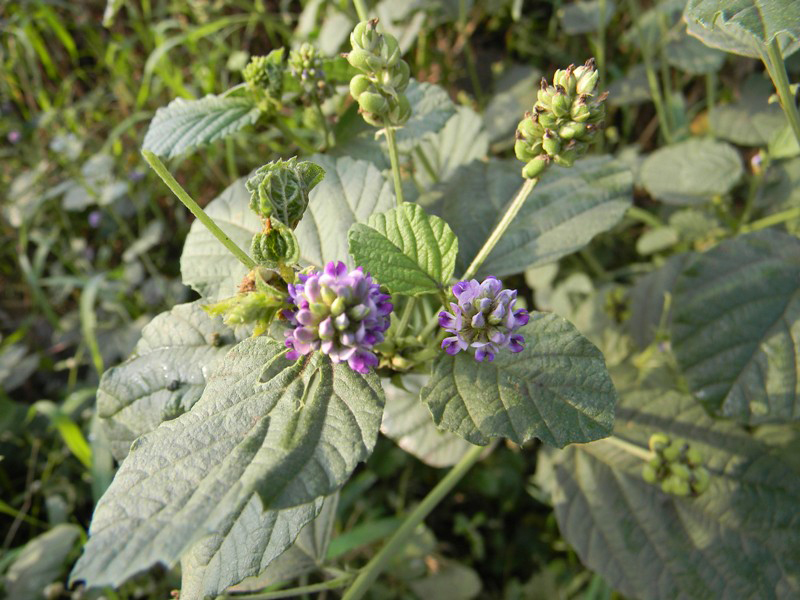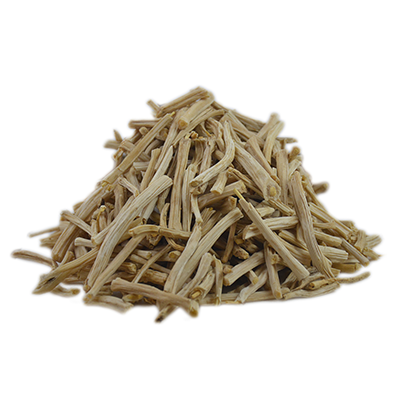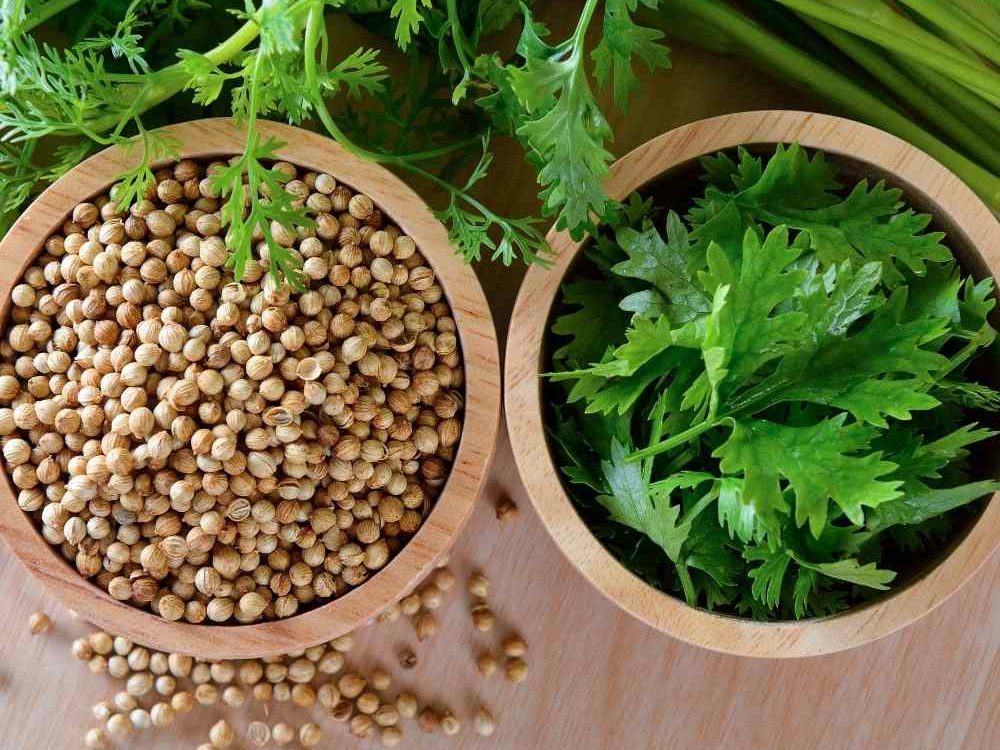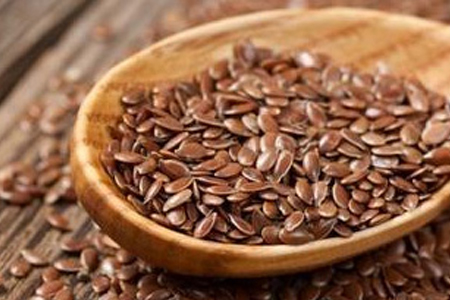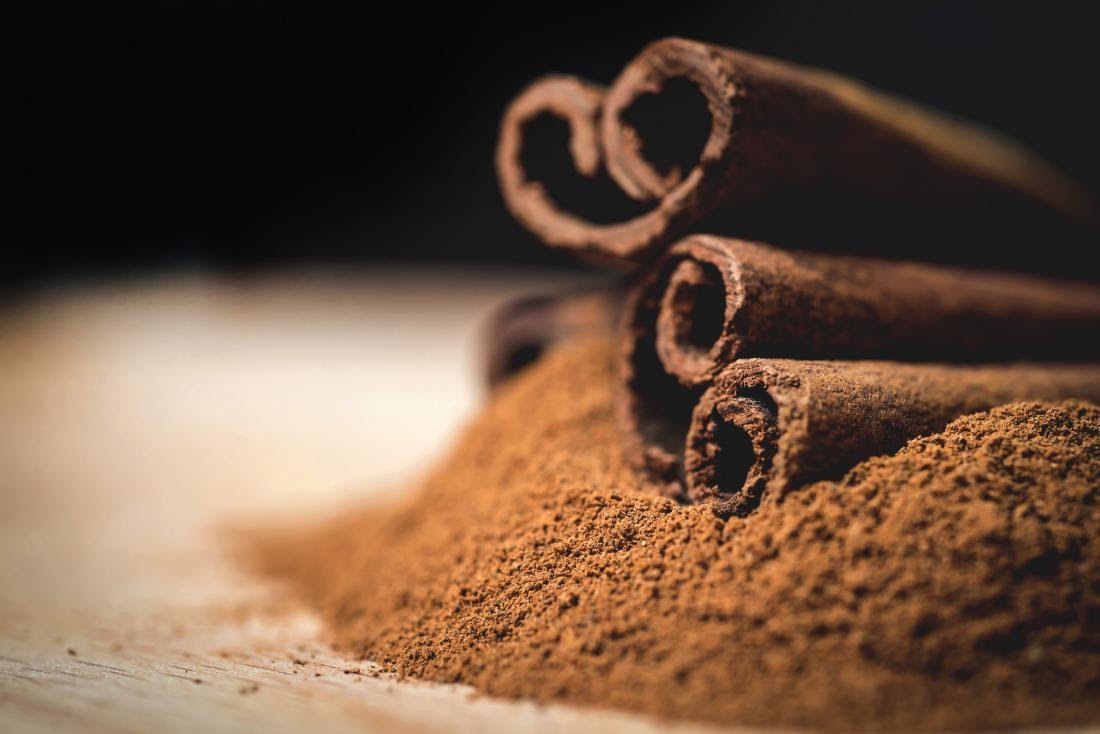Author Archives: Vaidya Jagjit Singh
Ginger (Zingiber officinale) – Medicinal Properties & Health Benefits
- March 29, 2016
- Posted by Vaidya Jagjit Singh
- 0 Comment(s)
INTRODUCTION
Ginger is grown all over India and is so familiar that it does not need much introduction. It grows underground and its edible rhizome is used for medicinal purposes. It is called ginger (adrak) when fresh and moist and when it dries up it is called sauntb.
Aloe Vera (Ghritkumari) – Benefits, Medicinal Usage and Properties
- March 13, 2016
- Posted by Vaidya Jagjit Singh
- 0 Comment(s)
INTRODUCTION
Aloe Vera (Ghritkumari) is found all over India. Generally, it is grown in pots in houses.
APPEARANCE
The plant does not contain a stem. Thick, muscular leaves grow directly from root from all sides. Leaves are 2-4 ft long and 3 inch wide. The margins have small thorns which gives it a look of a chisel. From the center of the leaves grows a long flower pod in which grow red flowers. Plant bears flowers in winter season.
Til (Sesame) – Chemical Composition, Properties & Medicinal Usage
- March 7, 2016
- Posted by Vaidya Jagjit Singh
- 0 Comment(s)
INTRODUCTION
Sesame and sesame oil is commonly known. In winters, sesame laddus are prepared and eaten. Sesame is of three colours- white, red and black. In terms of medicinal value, oil extracted from black pepper sesame is much more beneficial.
APPEARANCE
Its plants are annual. Soft and hariy, 2- 4 ft tall with slightly pungent odour. The plant has knots all over it. The leaves on the upper part of the plant are simple, alternately arranged in sequence, and oblong. The tip of the leaf is striped and the margins are thorny. Leaves on the lower side of the plant are separated, and partially divided.
Vasaka (Malabar Nut, Adhatoda Vasica) –
- March 5, 2016
- Posted by Vaidya Jagjit Singh
- 0 Comment(s)
Benefits, Medicinal Usage and Properties
INTRODUCTION
In India, Malabar nut (Adhatoda Vasica, Vasaka) plants are found at heights of 1300 to 4000 ft. They grow wild in stony and rocky soil along with other bushes.
APPEARANCE
Its stem is very small and the plant stares growing and spreading just above the ground. Leaves are 3-9 inch long, hariry with edges curling towards each other, pointed at the ends. Flowers are white in cool and blossom in February- march in 4-6 inch long clusters.
Bakuchi (Psoralea corylifolia) –
- March 4, 2016
- Posted by Vaidya Jagjit Singh
- 0 Comment(s)
Benefits, Medicinal Usage and Properties
INTRODUTION
Bakuchi (Psoralea corylifolia) tiny plants grow naturally in the rainy season all over India. In many places they are also cultivated. Typically plants have a life of one year but with due care they can survive for 5-7 years. For medicinal purpose its seeds, and the oils extracted from the seeds are used. Plants bear flowers in winter and the flowers turn into fruits in summer.
Shatavari (Asparagus racemosus) –
- March 3, 2016
- Posted by Vaidya Jagjit Singh
- 0 Comment(s)
Benefits, Medicinal Usage and Properties
Shatavari (Asparagus racemosus) plants are found all over India. It has two varieties shatavari (small flower) asparagus racehorses and mahashatavari asparagus sarmentosus, for is described here as it has more medicinal value.
APPEARANCE
Coriander (Dhania) – Benefits, Medicinal Usage and Properties
- March 2, 2016
- Posted by Vaidya Jagjit Singh
- 0 Comment(s)
INTRODUCTION
Every household in India uses dry Coriander (Dhania) fruit as spice. Everyone is aware of its importance in spices. So only the medicine properties and use are discussed here.
APPEARANCE
Coriander plant is an annual herb with branches and sub branches with a soft, distinctive odour. It is 1-3ft tall. The leaves are serrated. Leaves on the lower side are serrated and those on the upper side are like thin vertical rtrands.
Paan Patta (Betel Leaves) – Benefits, Medicinal Usage and Properties
- March 1, 2016
- Posted by Vaidya Jagjit Singh
- 0 Comment(s)
The plant is grown in warm and humid regions, especially in areas of Sanchi, Mahoba, Bihar, Orissa, Bengal, Lanka and Malawa’s Rampura-Manpura. Betel of Banaras is considered to be of the best quality.
APPEARANCE
The original climbing vine of betel is very pretty and soft. The stem is strong and thick at the knots. The leaves are big like those of peepal and are heart shaped with veins: they are smooth and thick with a one inch long stem. The flower bunch is spiked. The fruits are 2inch long, muscular and there are many small fruits in axial group hanging down.
Linseed (Alasi, Flex Seed) – Benefits, Medicinal Usage and Properties
- February 29, 2016
- Posted by Vaidya Jagjit Singh
- 0 Comment(s)
INTRODUCTION
All over India Linseed (Alasi, Flex Seed) is grown along with Rabi crop. It is also grown in Himachal Pradesh at a height of 6000 ft. The linseed color and size vary from place to place. White, yellowish- red and slightly brown are the various colours of linseed. The variety that is grown in warmer areas is said to be of the best quality. Linseed is used for extracting oil from the seeds and fiber from the branches.
Cinnamon (Dalchini) – Benefits, Medicinal Usage and Properties
- February 28, 2016
- Posted by Vaidya Jagjit Singh
- 0 Comment(s)
INTRODUCTION
Cinnamon (Dalchini) is found in Himalayan region, Ceylon and Malaya. Based on the countries of origin, it is categorized into three forms:-
- Cinnamomum cassia: It comes from China and its bark is thick.
- Cinnamomum spp.:- It is imported in India from Sri Lanka. It is thinner than that found in China, sweeter and less bitter. For medicinal purposes, cinnamon from Sinhal Island is the best.


